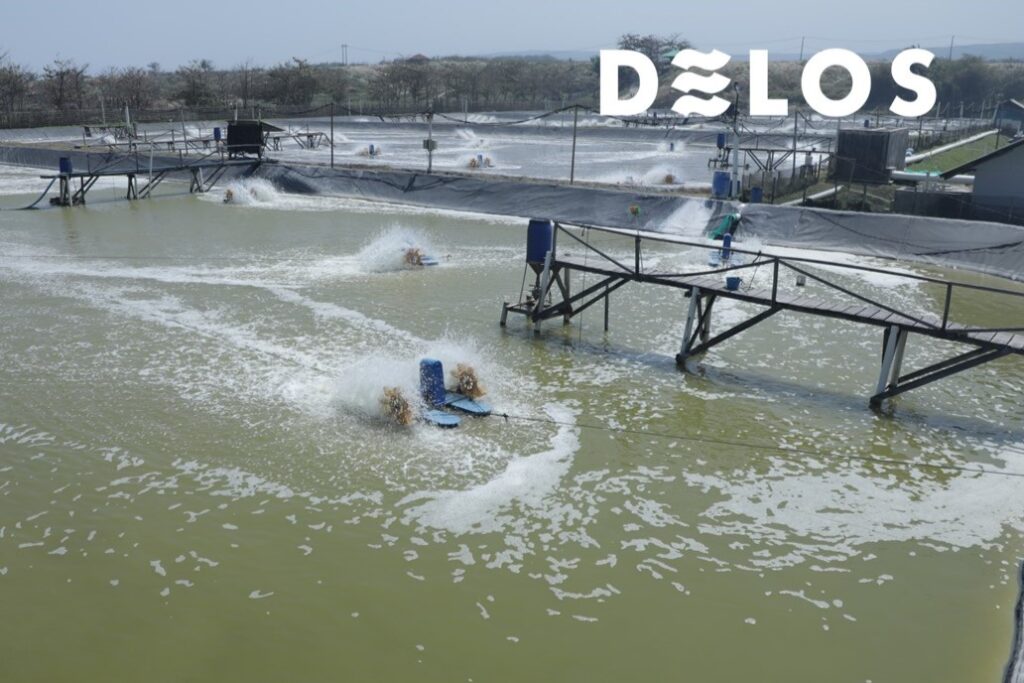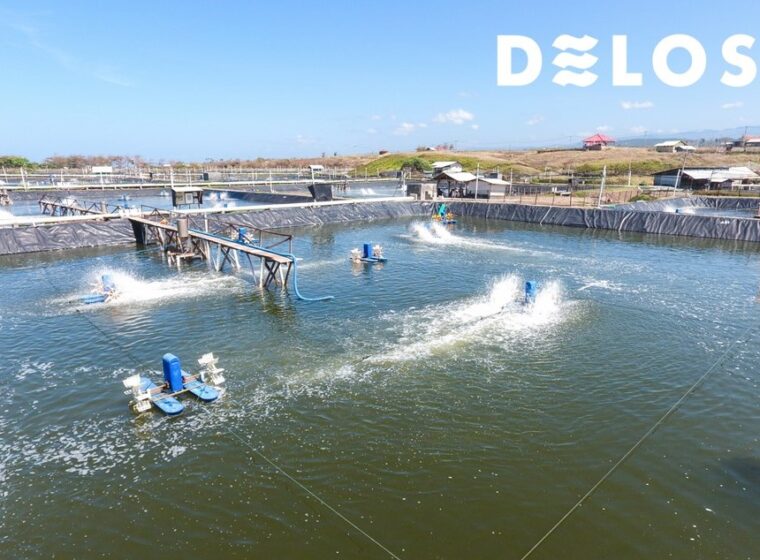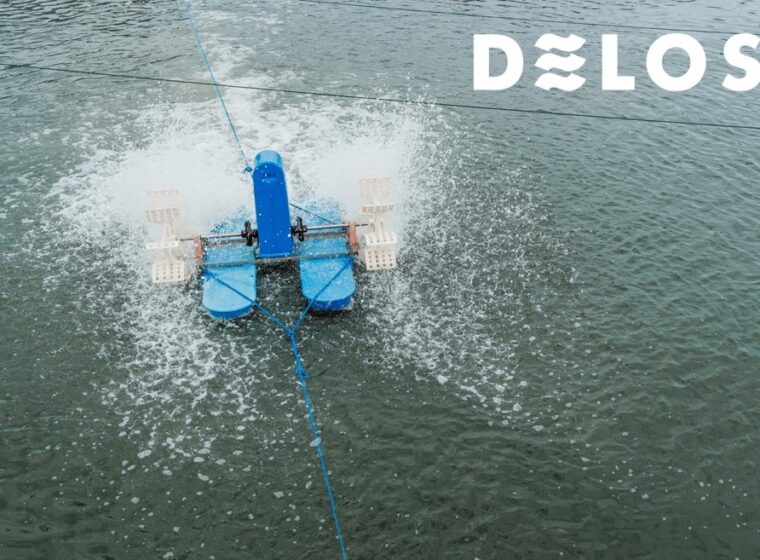
Vannamei shrimp ponds are specially designed artificial ecosystems aimed at maximizing shrimp growth and productivity during harvest. However, behind their success, there are dangerous threats from toxic substances in shrimp ponds.
Toxic substances in shrimp ponds are produced by the nitrogen cycle activity and bacterial decomposition processes. At certain levels, the presence of these substances can impact shrimp’s health and threaten their survival.
Ammonia, nitrite, plankton toxins, and hydrogen sulphide are some examples of toxic substances in shrimp ponds. Read more about them in this article!
Also Read: The Use of Dolomite Lime in Shrimp Farming: Benefits and Implementation
Toxic Substances in Shrimp Ponds
1. Ammonia
The first toxic substance in shrimp ponds is ammonia, which results from the shrimp’s metabolic processes and the decomposition of leftover feed, feces, and dead plankton. Ammonia is not toxic if its concentration remains below a certain threshold, so it should be monitored continuously.
The presence of ammonia in shrimp ponds is also important because it can be beneficial for phytoplankton. Phytoplankton plays a role in fixing dinitrogen gas conversion processes into nitrogen and uses nitrogen sources as nutrients for growth.
The ammonia level in the pond should not exceed 0.1 ppm. If it goes beyond this limit, it can negatively impact shrimp survival, leading to slowed growth, increased stress, and heightened susceptibility to diseases.
2. Nitrite
Nitrite is a toxic substance in shrimp ponds produced from partially oxidized nitrogen. It is not typically found in fresh wastewater but accumulates in aged and stagnant wastewater.
High nitrite levels can result from excessive shrimp feeding, excessive sediment density, poor water circulation, and other factors disrupting the nitrogen cycle balance.
Nitrite is highly toxic to vannamei shrimp and can lead to various negative effects, including inhibited shrimp growth and development, and even death.
Although nitrite levels are usually low in shrimp ponds, their toxicity is especially dangerous in the early stages of cultivation. During this phase, nitrite levels can increase rapidly and reach toxic levels that endanger shrimp.
Also Read: The Influence of Ion Composition on the Growth and Survival of Vannamei Shrimp
3. Plankton Toxins (Blue-Green Algae)
Plankton can also release dangerous toxins in shrimp ponds, especially cyanobacteria or blue-green algae (BGA), which can cause the death of herbivorous zooplankton. These plankton toxins are undoubtedly harmful to shrimp survival, especially in their digestive systems.
Plankton toxins typically appear during mass plankton deaths, known as plankton blooms. On the other hand, this phenomenon also reduces water transparency, preventing oxygen from reaching the pond’s bottom and causing the accumulation of toxic compounds like ammonia, nitrite, and hydrogen sulphide.
4. Hydrogen Sulfide
Hydrogen sulphide is a compound produced by bacterial activity from organic matter in anaerobic conditions, which usually occurs at the pond’s bottom. This compound usually appears in pond bottoms with a lack of oxygen supply. In shrimp ponds, the hydrogen sulphide concentration should be ≤ 0.01 ppm.
Several factors contribute to the abundance of hydrogen sulphide in ponds, including insufficient sunlight reaching the pond bottom, lack of oxygen supply at the pond bottom, and the presence of organic matter leading to sedimentation at the pond bottom.
Also Read: The Importance of Minerals in Vannamei Shrimp Farming
Trust Your Vannamei Shrimp Farming to DELOS
Toxic substances in ponds, such as ammonia, nitrite, plankton toxins, and hydrogen sulphide, pose serious threats to cultivation if not monitored and controlled. Therefore, it is crucial to regularly check water quality to address these issues.
Many shrimp farmers are unaware of the importance of routine water quality monitoring. That’s why you can choose DELOS as your partner in vannamei shrimp farming!
DELOS Laboratory Team conducts daily water quality monitoring to keep an eye on pond conditions. If any anomalies arise, specific treatments can be applied promptly to ensure the successful cultivation of vannamei shrimp.
Contact DELOS at contact@delosaqua.com or click the WhatsApp icon on this page to connect with us directly. Entrust your vannamei shrimp farming to DELOS!




